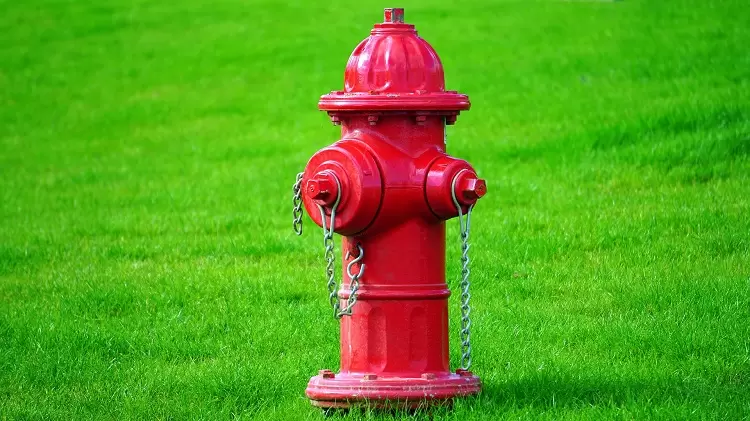
Broken Fire Hydrant in a Municipality?
In North Carolina, the responsibility for fire hydrant repair typically falls under the jurisdiction of the local government or utility company. The exact entity responsible for fire hydrant maintenance and repair can vary depending on the specific city, county, or municipality within NC.
In many cases, the responsibility lies with the local water or public works department. These departments are typically responsible for maintening and repairing water infrastructure, including fire hydrants. They ensure that the hydrants are in proper working order and accessible to firefighters in case of emergencies.
Repair for a Fire Hydrant on Your Property?
To determine the specific entity responsible for fire hydrant repair in a particular location within your area, it is recommended to contact the local city or county government offices, water department, or public works department. They will be able to provide accurate information regarding fire hydrant maintenance and repair responsibilities in that area.
Here are some common types of fire hydrant repairs conducted in North Carolina:
- Routine Maintenance: Like anything else that is out in the elements, fire hydrants require periodic maintenance to ensure their proper functioning. Routine maintenance includes activities like lubricating moving parts, checking for leaks, and inspecting the overall condition of the hydrant.
- Valve Replacement: If the valve controlling the water flow in the hydrant becomes faulty or damaged, it may need to be replaced. Valve replacements involve shutting off the water supply, removing the old valve, and installing a new one.
- Gasket and O-Ring Replacement: Gaskets and O-rings provide a watertight seal between different components of the hydrant. Over time, these seals can wear out or become damaged - especially in the North Carolina heat, resulting in leaks. Replacing gaskets and O-rings helps maintain the integrity of the hydrant's seals.
- Painting and Surface Repairs: Fire hydrants are typically painted to increase visibility and protect them from corrosion. Surface repairs may involve sanding, priming, and repainting hydrants that have chipped or faded paint. Additionally, any minor physical damage to the hydrant may be repaired, such as replacing damaged caps or handles.
- Hydrant Flushing: Flushing is a maintenance procedure that involves opening the hydrant's valve to remove sediment and debris from the water lines. This process helps ensure the hydrant delivers clean and reliable water flow when needed.
- Leak Detection and Repair: Hydrants can develop leaks over time due to aging or damage. Leak detection involves inspecting the hydrant and its components for signs of leaks, such as water seepage or unusual water flow patterns. Once identified, the necessary repairs or hydrant replacements are carried out to fix the leaks.
- Hydrant Replacement: Fire hydrants wear out too. In some cases, a fire hydrant may be too damaged or obsolete for repair. When this happens, the hydrant needs to be completely replaced with a new one. Hydrant replacement requires excavation, installation of a new hydrant, and connection to the water supply system.
It's important to note that the specific repair methods and procedures can vary depending on the jurisdiction, local regulations, and the expertise of the maintenance or utility crews responsible for hydrant repairs.
Do YOU Have a Fire Hydrant That Needs to Be Repaired on Your Property In NC?
If you have a fire hydrant on your property that needs to be repaired, here are the steps you can take:
- Assess the situation: Determine the extent of the damage to the fire hydrant. Is it a minor issue that can be easily fixed, or does it require professional assistance?
- Contact the appropriate authority: Notify the local fire department or the water department responsible for maintaining fire hydrants in your area. They will provide guidance on the necessary steps to take.
- Provide details: When contacting the relevant authority, be prepared to provide specific information about the location of the fire hydrant and the nature of the damage. Include any observations or details that can help them understand the situation better.
- Follow instructions: The authority will guide you on the next steps. They may send a technician to assess the hydrant or provide instructions on how to temporarily address the issue while awaiting repairs - Hydrant Mechanics might even come out!
- Temporary measures: If the damage is severe and requires immediate attention, the authority may advise you to take temporary measures to ensure safety. This could involve cordoning off the area around the hydrant or using alternative fire protection measures until the repair is completed.
- Professional repair: Depending on the severity of the damage, a professional repair may be required. In such cases, the authority responsible for maintenance will schedule a repair visit or inform you of the process to follow.
- Follow up: If repairs are carried out, be sure to follow up with the authority to confirm that the hydrant has been restored to proper working condition. This will help ensure the safety of your property and your surrounding community that relies on a functioning fire hydrant.
Remember, it is important to promptly report any damage or malfunctioning fire hydrants to the appropriate authorities, as they play a crucial role in fire safety and protection. If hydrant repair or replacement are necessary, the professionals at Hydrant Mechanics are glad to help.
